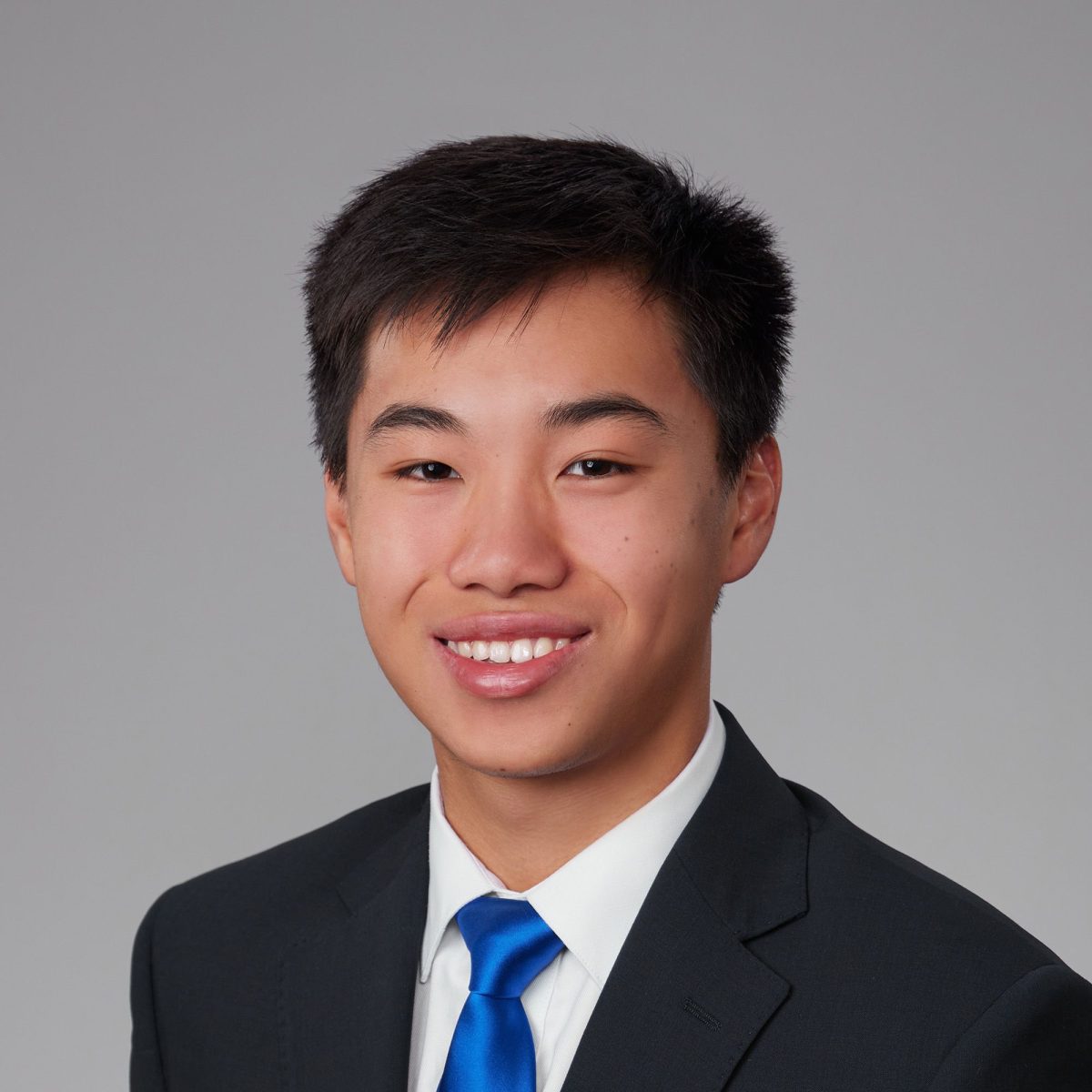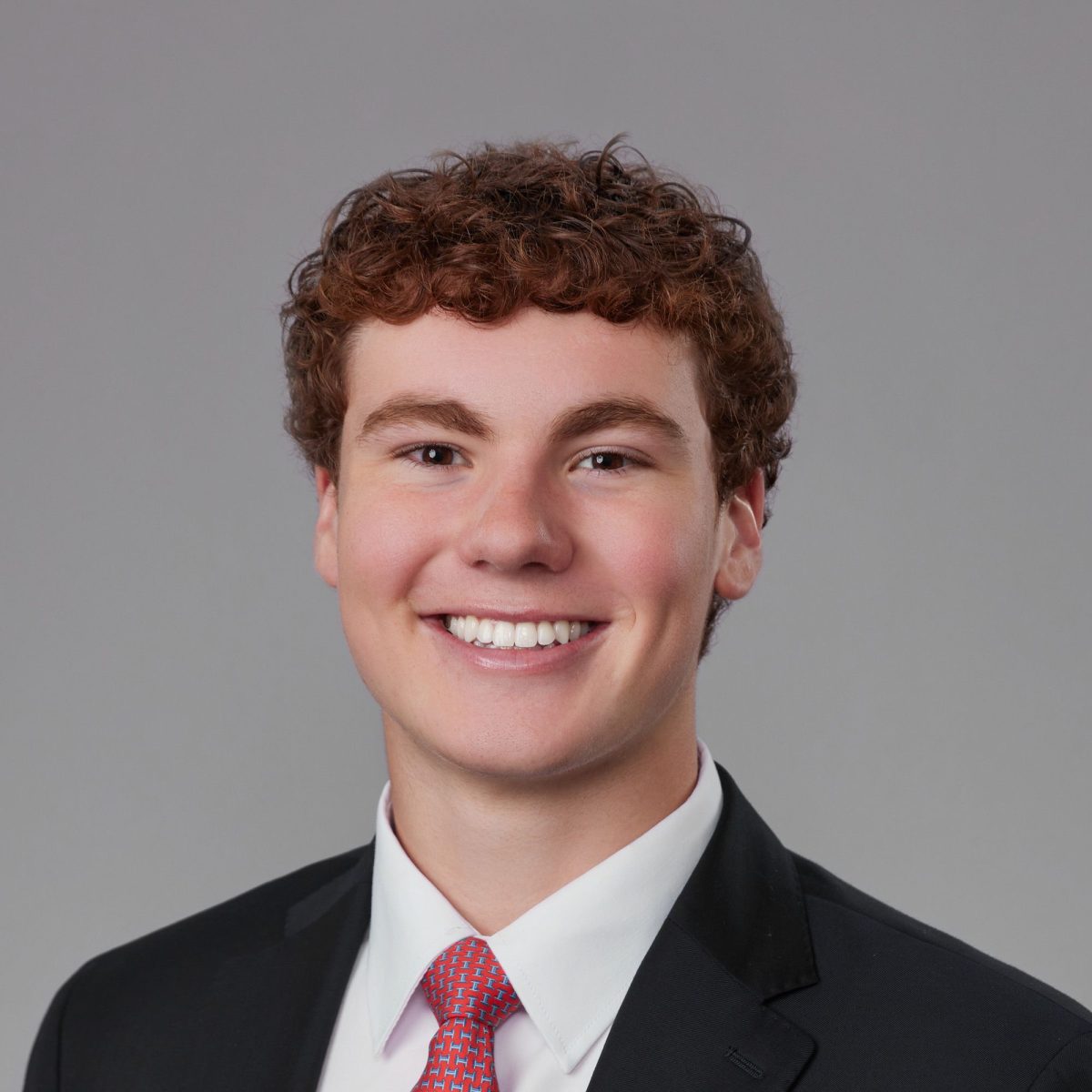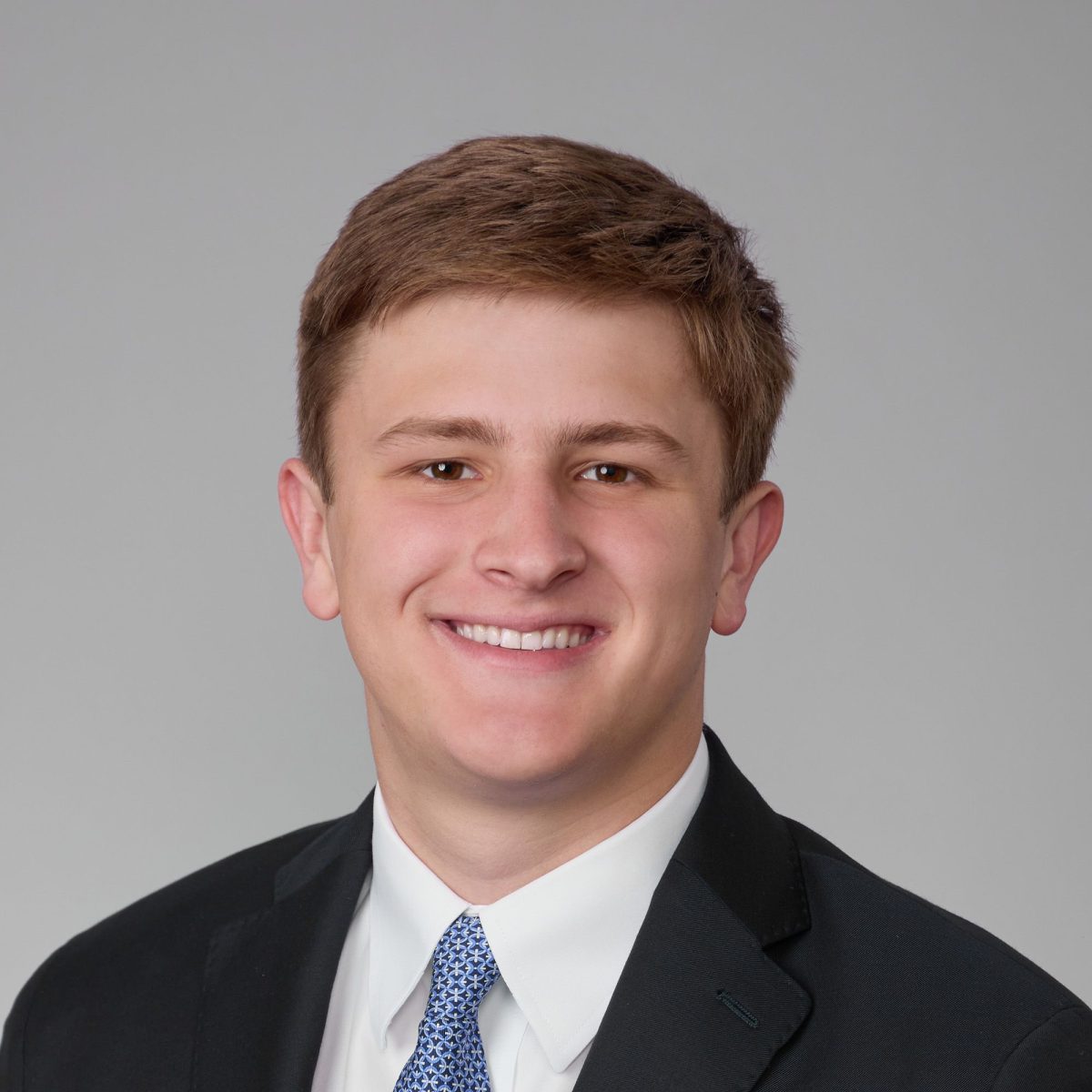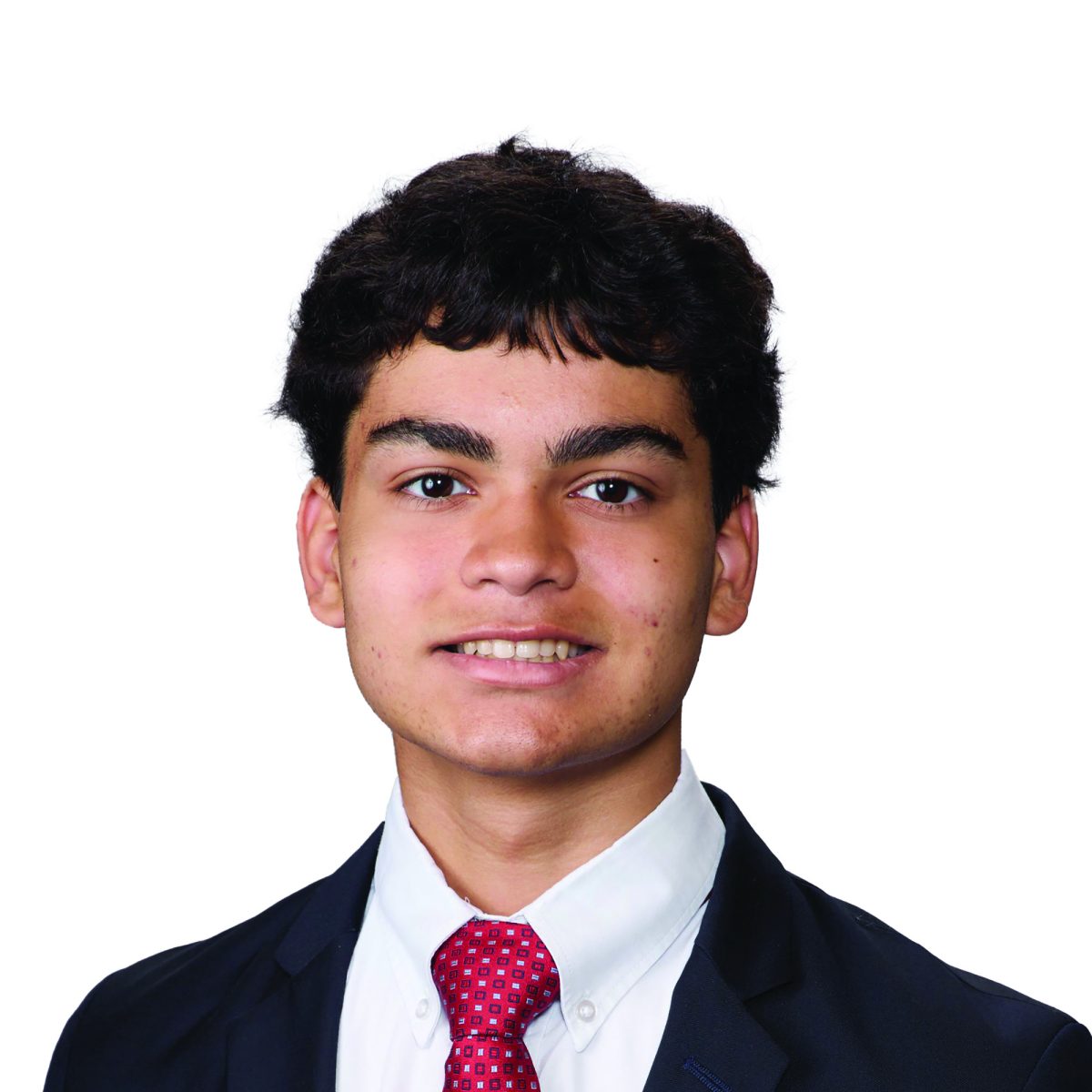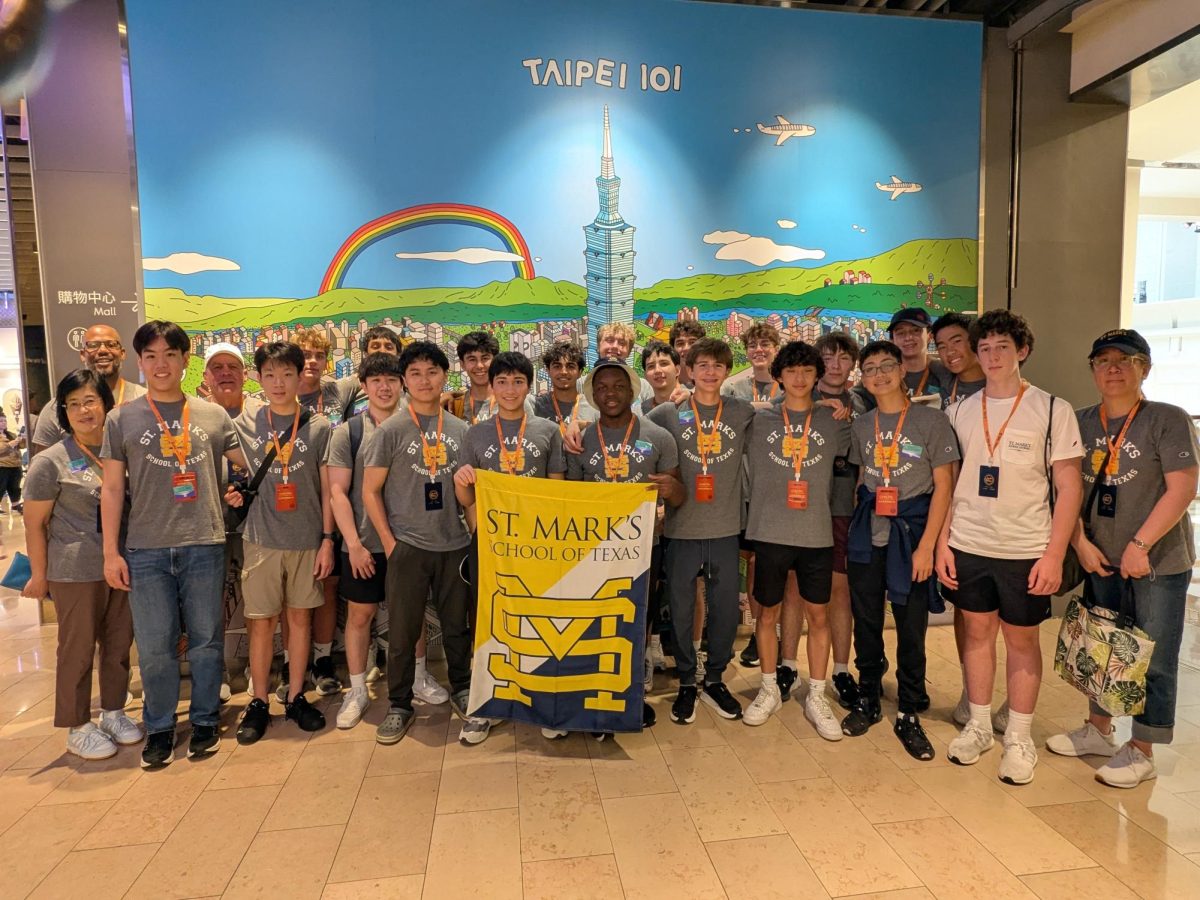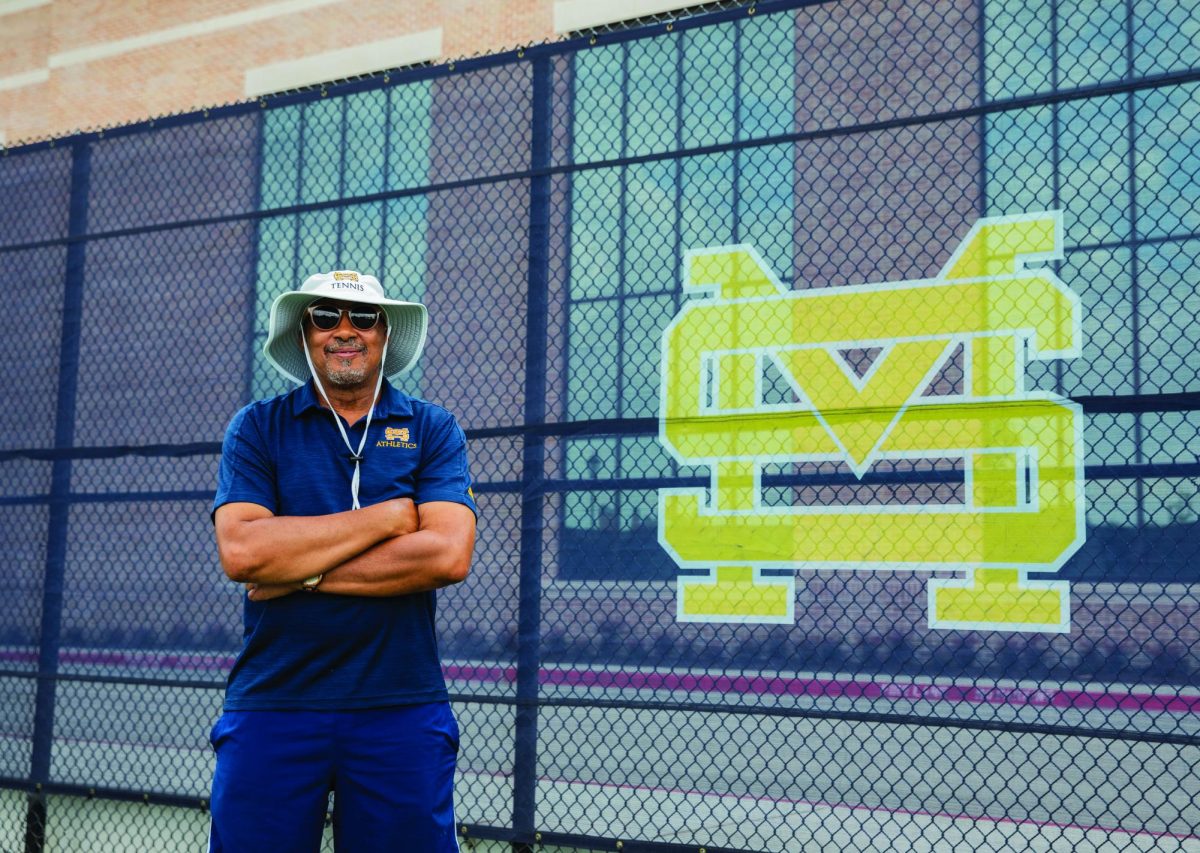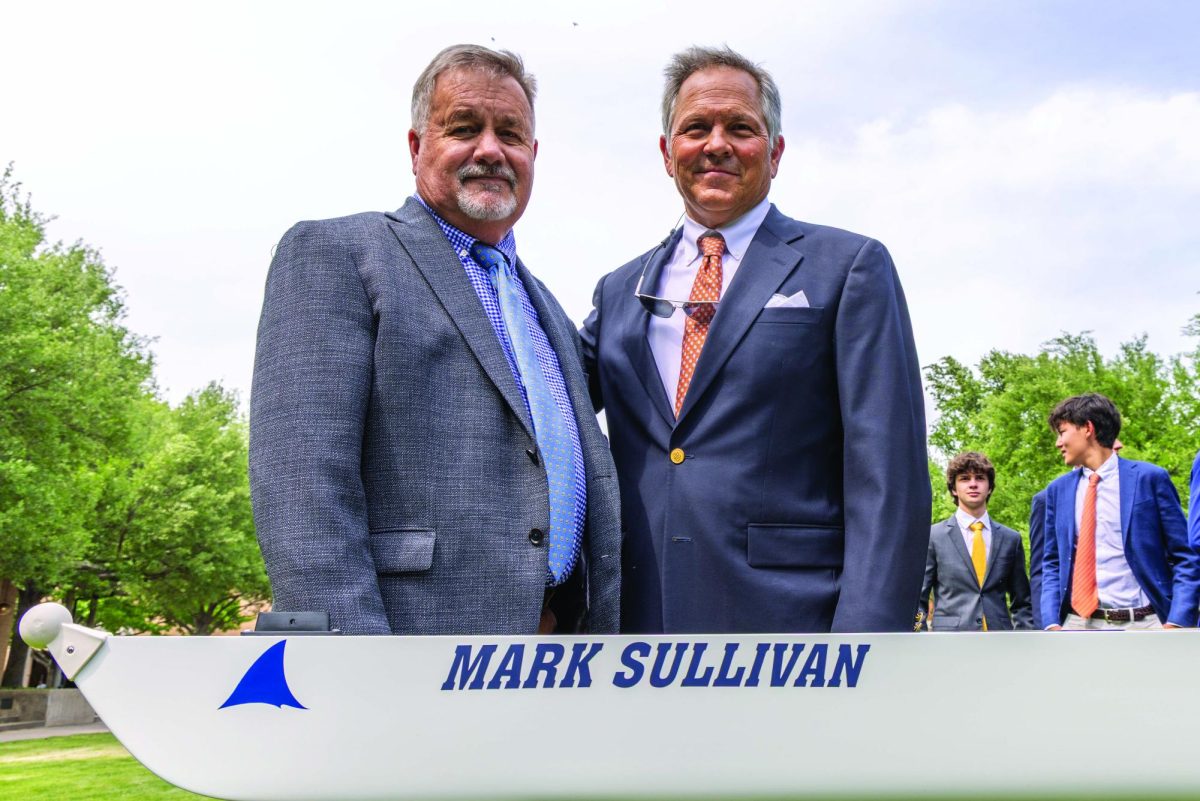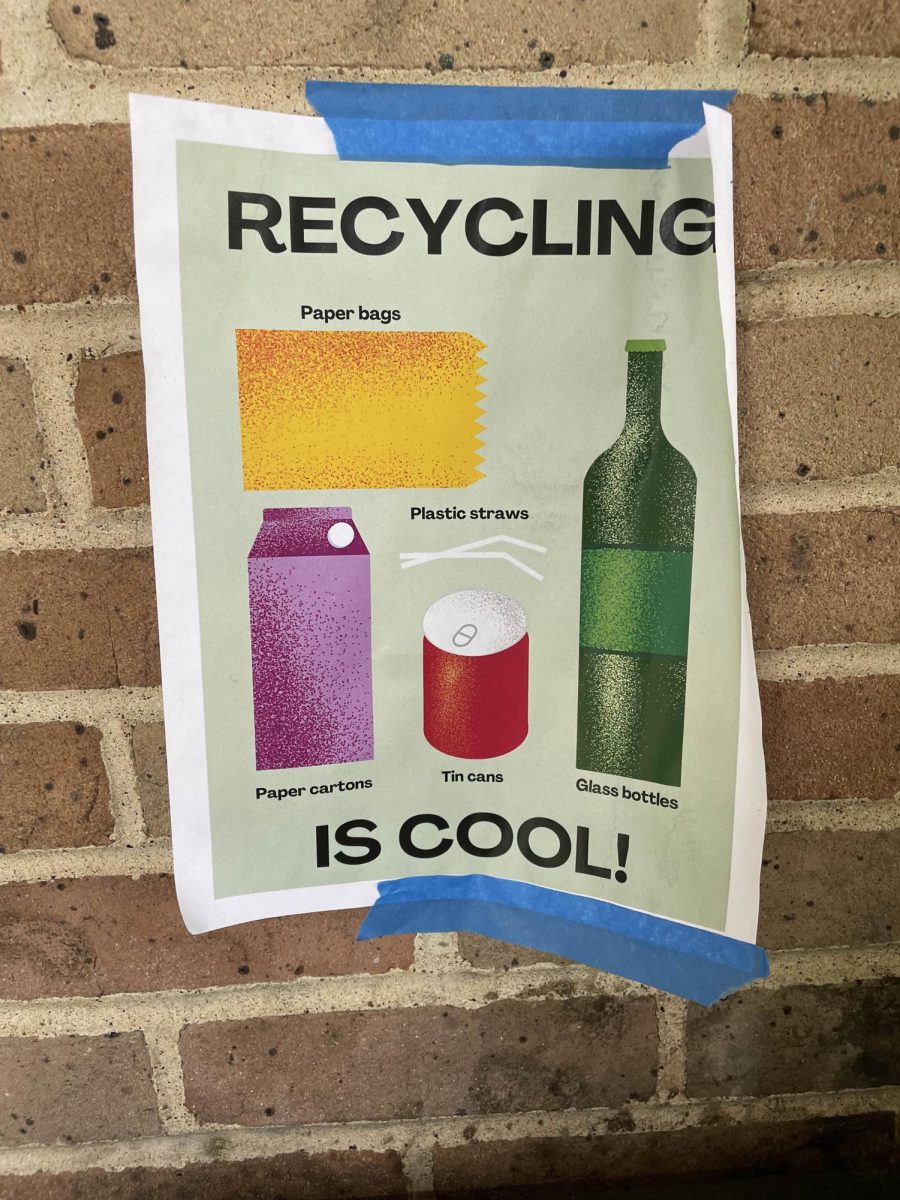As I lay in bed, the screen of my phone winks up at me with its kaleidoscopic lights. The light humming coming from the kitchen finally cuts out as the dishwasher I started at midnight stops. In the silence, I set my phone down and roll over to sleep. It’s 2 a.m. and I can’t sleep.
Since the summer ended, my sleep schedule could most kindly be described as erratic. After school, I would go home and take a two-hour nap followed by the traditional night of homework and dinner. I would go to sleep again around 11 p.m. and stay asleep to about 2 a.m. I would stay awake between 2 a.m. to 4 a.m. before finally staying asleep until 7 a.m. before charging into the day armed with sleep deprivation and caffeine.
It was no surprise that I was chosen for this special week-long challenge. The rules: follow the recommended daily sleep schedule. Every night, I had to sleep for at least eight hours consecutively and use no devices an hour before bedtime. Easy enough . . . or so I thought.
It began on a Sunday night, which was by far the easiest. Having completed my homework earlier in the day (shocking), I had no real excuse to fail the first night. As I prepared for bed, I looked forward to the rest of the week with dubious optimism.
Monday was the first sign of difficulties. It was two minutes before I had to stop using screens, and I still needed to study for my APUSH test for Wednesday. Well, my pride wouldn’t stand if I failed on the first school night, so I made the (terribly difficult) decision of simply not studying that night. The sacrifice of my future as a post 9/11 American history scholar truly displayed my dedication to the task at hand.
By Wednesday I was ready to quit. I had fallen back into old habits and shot-gunned two Red Bulls an hour before bed. There was no way I would be able to fall asleep until well past the set time, but then I remembered the words of a popular internet personality: “Never back down, never give up.” Inspired by the words of a 12-year-old Fortnite Youtuber, I decided to burn off the caffeine. What followed was a 30-minute sprint, several close calls with a heart attack and 1984 (I had to multitask).


